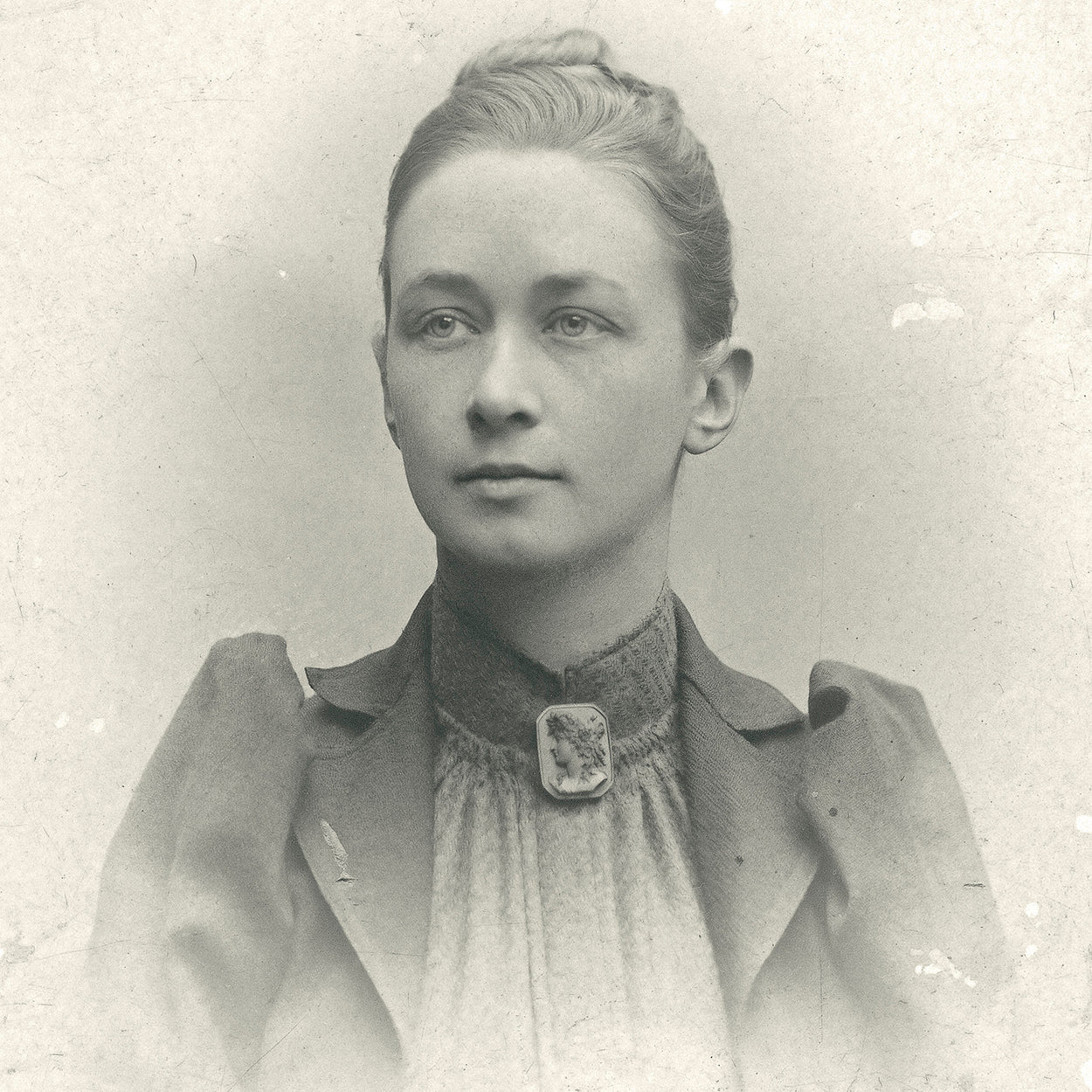Female Artist Spotlight : Julie De Graag

Julie De Graag was born in Gorinchem in 1877, later moving to The Hague where she studied art at the Royal Academy of Art, she became the protégé of her tutor and art critic HP Bremmer.
In 1904 Julie moved to North Holland where her bold, graphic style evolved under the influence of sculptor Joseph Mendes da Costa. Here she also took up part-time work teaching drawing at a local girls’ school.

Phlox fine art print by Julie de Graag
De Graag was heavily influenced by nature, painting and drawing beautiful flower and animal studies. She is most well known for her art nouveau style woodcuts which she produced using end grain, a timber difficult to work with which produces much cleaner prints.

Ferns Fine Art Print by Julie de Graag
Julie’s life was marred by illness and, due to her fragile state, she often stayed with her parents in The Hague. In the early 1920’s her physical and mental health deteriorated to the point where she could no longer teach. Her declining mental health was reflected in her work which became increasingly morbid.

Memento Mori Fine Art Print by Julie de Graag
On New Year’s day, 1908 disaster struck and Julie’s house burned to the ground resulting in much of her work being lost - and just a small collection surviving to this day.
Julie de Graag sadly died by suicide in 1924, at the age of 46





